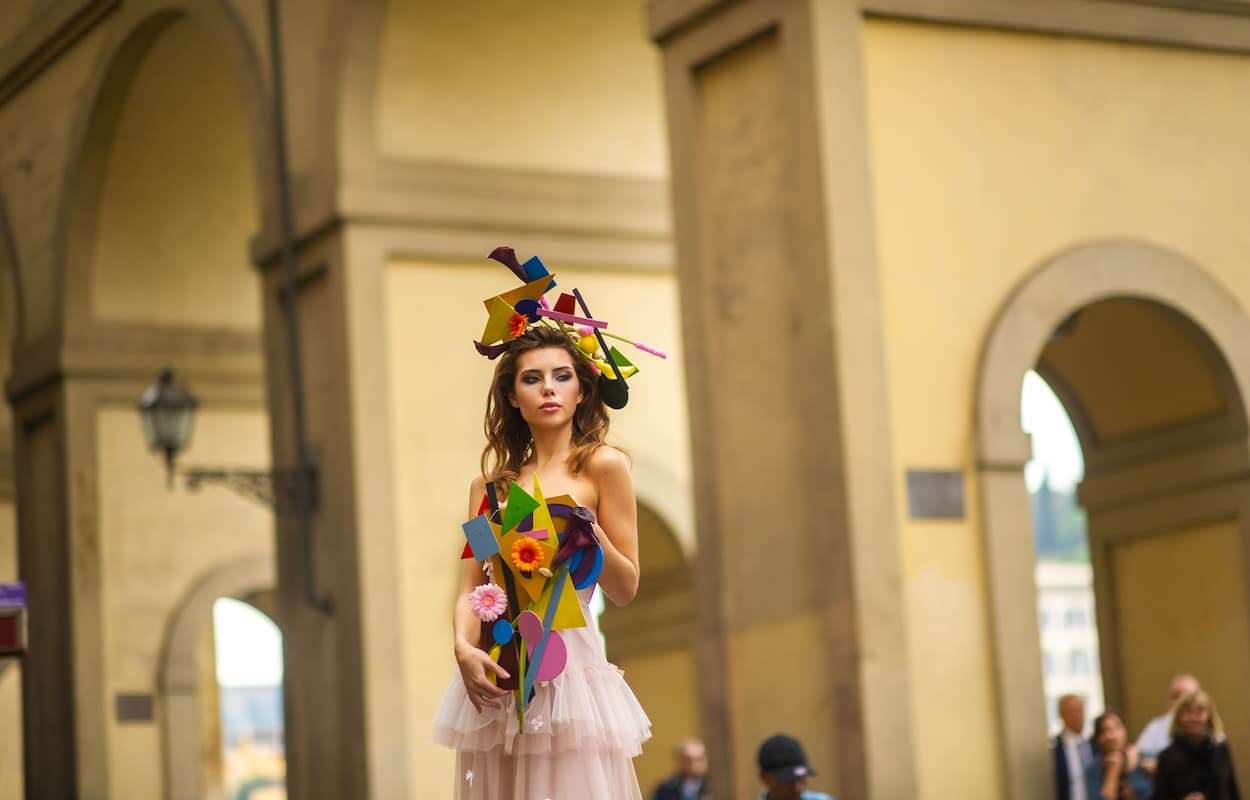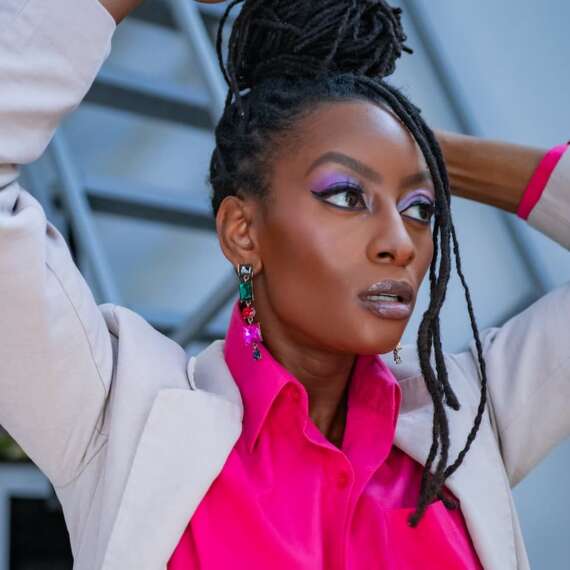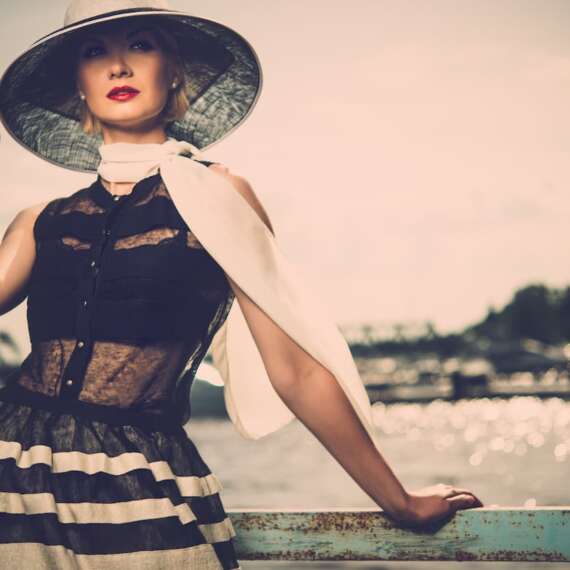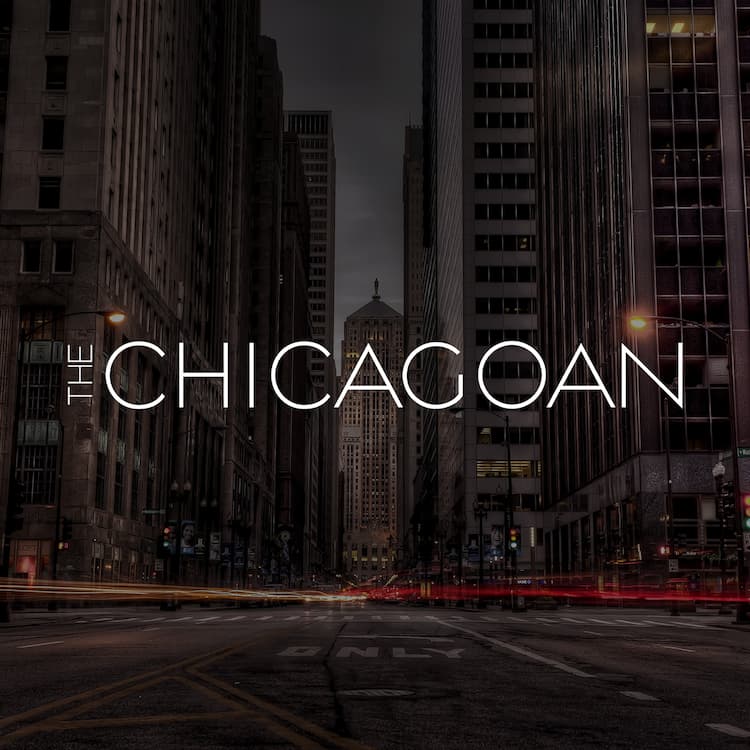Fashion once lived for the flash of the runway. The lights, the audience, the fleeting applause—it all existed in a moment that disappeared as quickly as it came. But today, the runway’s most compelling successor is not in Paris or Milan—it’s behind glass. Museums have become the new catwalks, and exhibitions are where fashion achieves permanence. The industry, once obsessed with the next season, is now learning to measure itself in centuries.
This shift didn’t happen by accident. As retail shrank and digital consumption surged, fashion needed a new home for reverence. The museum offered something the internet couldn’t—stillness. A place to slow down, to see the detail that gets lost in the feed. Exhibitions became sanctuaries where clothing could be studied, not just consumed. And in doing so, fashion gained something it had long sought but rarely earned: legitimacy as cultural heritage.

The numbers prove this new gravity. The Metropolitan Museum of Art’s “Heavenly Bodies: Fashion and the Catholic Imagination” drew over 1.6 million visitors in 2018, making it the most attended exhibition in the museum’s history. The Victoria and Albert Museum’s “Christian Dior: Designer of Dreams” attracted more than 700,000 visitors. These aren’t niche fashion audiences—they’re cultural pilgrims. People no longer go to museums just to observe art; they go to understand identity through fabric.
Museums have become global storytellers for the industry. When the Costume Institute at the Met recontextualizes a McQueen garment as sculpture, or when the Museum of Contemporary Art Chicago presents fashion as social commentary, it reframes designers as philosophers of their time. A runway look might last twelve minutes, but an exhibition catalogue lasts decades. Fashion’s shift into institutional spaces is not about nostalgia—it’s about authorship. The museum declares: this mattered, and here’s why.
This crossover also signals a change in how luxury brands think about influence. The runway used to dictate trend; now the museum dictates meaning. A Dior gown behind glass no longer signals exclusivity; it signals endurance. For brands, this is strategic cultural diplomacy. Sponsoring or collaborating with museums allows them to align with intellectual and historical prestige while reaching broader audiences. Chanel’s support of exhibitions at the Palais Galliera, Gucci’s collaborations with the V&A, and Balenciaga’s retrospective at the Thyssen-Bornemisza Museum in Madrid all double as acts of legacy building. It’s branding disguised as cultural stewardship.

Yet what’s truly fascinating is how exhibitions generate commercial momentum. The “Exhibition Effect” is measurable. After “Savage Beauty,” Alexander McQueen’s sales spiked 27% year-over-year, proving that historical context sells as effectively as celebrity marketing. Resale markets see similar upticks when archival collections are revived through institutional curation. What museums offer brands is not just prestige—it’s a rebirth cycle. By revisiting archives, fashion creates nostalgia that fuels both luxury resale and new design directions.
But the influence extends beyond economics. Fashion exhibitions are rewriting how society sees creativity. They elevate garments from trend objects to cultural artifacts, inviting audiences to think about what clothing reveals about gender, class, and belief. Exhibitions like “Africa Fashion” at the V&A or “Black Fashion Designers” at FIT have expanded fashion history beyond Eurocentric narratives, giving visibility to designers and movements that the industry once ignored. In this way, museums have become vehicles for cultural correction as much as celebration.
The format itself is evolving. Traditional vitrines are giving way to immersive storytelling. The Met’s “In America: An Anthology of Fashion” used film, digital projection, and scenography to reimagine the timeline of American design. Virtual exhibitions are extending access even further. When the pandemic closed galleries, institutions pivoted online—and surprisingly, engagement didn’t collapse. It expanded. Millions accessed archives digitally for the first time, suggesting that fashion curation, like fashion itself, thrives in reinvention.

For you as a designer or creative, this evolution carries an invitation: design for longevity, not spectacle. Ask how your work holds up under analysis, not just under light. When a garment enters a museum, it stops being new—but it becomes timeless. The thought that one of your pieces could be studied, debated, or preserved shifts the definition of success. The museum doesn’t just display fashion; it canonizes it.
The exhibition is the modern runway because it restores something fashion had forgotten: context. Every piece carries a lineage—a reflection of the culture that birthed it and the craftsmanship that sustains it. The future of fashion’s relevance won’t come from faster production or louder marketing. It will come from reflection, from the patience to turn fabric into history. The runway shows what’s next; the museum shows why it matters. And in a world chasing constant novelty, that depth has become fashion’s most enduring luxury.











